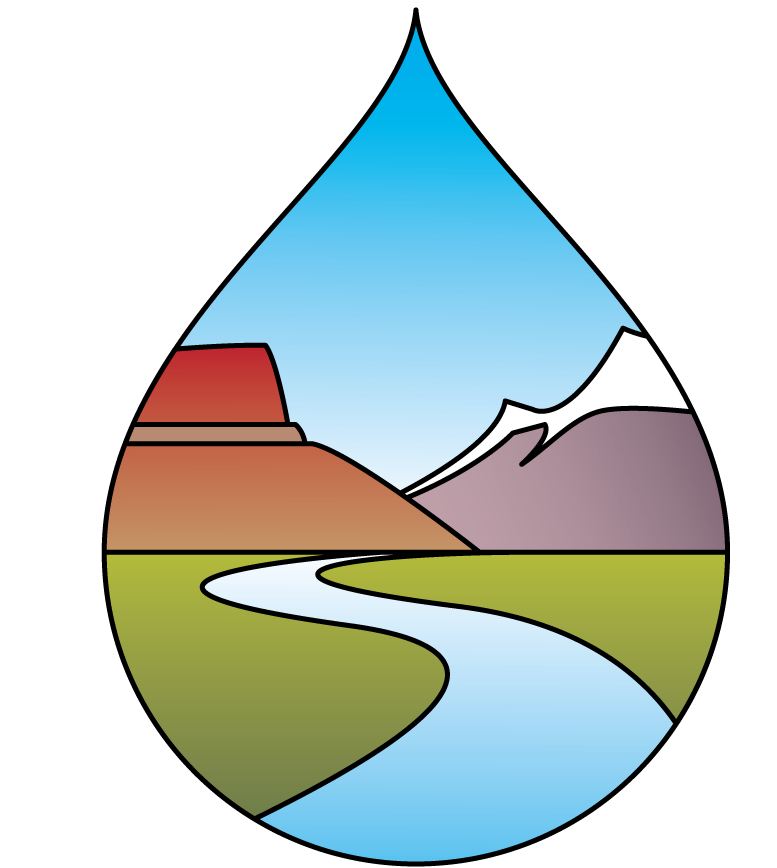
What is a Drought Impact?
The definition of drought is a shortage of water for a specified purpose. “Drought impacts,” for the purposes of this data clearinghouse, are the outcomes/impacts of the shortage of water, not the quantification of the shortage itself or a description of the related hydrological circumstances. Drought impact measurements can be derived from a variety of sources, such as the number of acres of agriculture that needed to be fallowed, the dollar value of agricultural disaster payments, or number of new wells needed/drilled to compensate for the shortage, etc. Drought impacts are sector specific (i.e., they vary by industry type) and localized. They also vary with the duration of the drought, usually with increased cost as a drought continues. Some drought impacts are associated with managed water supplies, such as the amount of water that can be delivered to a municipal customer, or unmanaged water supplies. An example of an unmanaged water supply impact might be the failure of a particular stretch of water course to meet minimum instream flow requirements, thereby impacting environmental services associated with that reach. This also an example of how difficult it can be to quantify drought impacts. Historically in cases like these, there has been little impetus to quantify the impact, as they were not assumed to have a linkage to water resources management decisions. Some examples of other primary drought impacts include:
- drinking water supplies (especially in smaller water systems)
- wildfire impacts
- economic impacts to business, including agriculture, recreation and green industry
- economic impacts to individuals, such as higher water rates, landscaping restrictions, etc.
_____________________________________________________________________________________________________
A greater understanding of the impacts from drought can inform water resource management decisions, prior to, during and after the drought. Remedial action or adaptive management decisions are easier to justify if the costs and benefits of inaction/action are known. This knowledge would also support responses to drought that concern regulation, mandates, litigation, and/or administrative proceedings. And of course, the costs of future droughts can be better mitigated. Examples of data that can be used to quantify drought impacts include:
- USDA drought disaster program payments by county
- USDA payments in drought-related livestock programs by county (prior Farm Bill, see below)
- USDA (NASS) fallowed acreage estimates
- USDA net farm incomes (that may or may not correlate with the drought time extents)
- Federal or state SDWA emergency grants (list of grantees and amounts)
- Annual hydropower generation
- Annual wildfire damages (damage and suppression cost estimates)
- BLM/USFS grazing programs (AUMs)
- Visitor days at state/federal water-based recreation areas
- State unemployment data in targeted farm-dependent communities (that may or may not correlate with the drought time extents)
Desired Characteristics of Drought Impact Data
Drought impact data need to from objective, attributable, and authoritative sources, and should be quantifiable (as opposed to anecdotal stories). Primary data and/or closely derived relevant metrics should be used to develop an impact assessment, as opposed to subjective or biased modeling.
_____________________________________________________________________________________________________
Agriculture

A summary of USDA Farm Service Administration (FSA) disaster assistance programs and their triggering requirements is available here and here.
This map shows USDA drought disaster designations as of October 30,2013. Producers in designated counties can be eligible for assistance programs such as emergency farm loans. These emergency loan payments could be used as a metric of drought impacts.
USDA’s National Agricultural Statistical Service (NASS) uses satellite imagery to compile its Cropland Data Layer, producing georeferenced data that can be manipulated in a GIS to compare the spatial distribution of fallowed land in different water years.
An example of this comparison can be seen below. The highlighted area of the graph below indicates the relative severity of drought for the years between 2006 and 2012 for the state of Nebraska. Several years of plentiful precipitation were experienced in the years surrounding 2006, followed by a relatively dry period. Below the Palmer graph are two datasets from the USDA’s NASS Cropland Data with fallowed and barren areas in red. The datasets portray a significant increase in fallowed land between 2006 and 2012. If the CDL uses similar interpretations and processing of cropland data over an extended timeline, those results can be compared for changes in fallowed vs. productive areas.
_____________________________________________________________________________________________________
Environmental
There are very few readily available and quantifiable metrics for environmental impacts of drought over large spatial scales. One of the best quantified impacts is water supplies available to national wildlife refuges, but this data must be individually manually compiled for each refuge within an area of interest. Aggregated refuge data may be available in a few special circumstances, such as in California’s Central Valley where there is a statutory requirement for the federal government to provide defined quantities of water to specified federal and state refuges.

Some other relevant wildfire suppression, farm sector income, food price data, etc. on the current drought underway in much of the U.S. are shared by the USDA, such as:
- USDA Forest Service Summary of Wildfire Suppression Costs and the Burn Area Emergency Response (BAER) Costs (2005 – 2012) – .xlsx file
*Many thanks to Charlotte Ham at the USDA Forest Service for this data. - USDA Forest Service (1995 – 2012) and Dept. of Interior (1988 – 2012) Fire Suppression Costs – .xlsx file
*Many thanks to Jeff Prestemon, Karen Abt and Charlotte Ham at the USDA Forest Service for this data. - Economic Research Service (ERS) Food and Farm Impacts – website
- ERS Farm Sector Income – website
- ERS Food Price Outlook – website
- ERS Report on Conservation Programs and Drought Risk Adaptation – website
- USDA Risk Management Agency (RMA) Cause-of-Loss Data – website
_____________________________________________________________________________________________________





